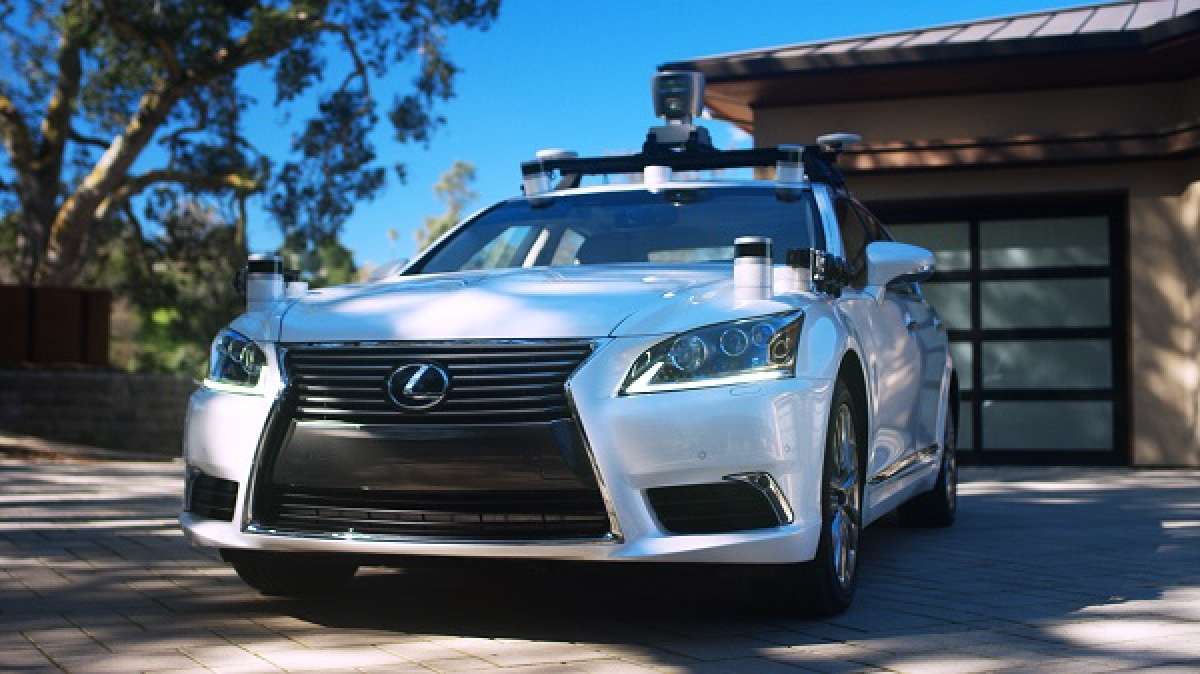Look at the images of the test vehicles automakers use for autonomous vehicle testing and you will notice that they are almost always either a hybrid or an electric vehicle. A good example of that is the current generation Lexus LS 600hL shown above. It is Lexus' second-generation autonomous testing platform. This new one was developed entirely by the Toyota Research Institute, TRI, based in Cambridge Massachusetts. Why would Toyota opt to select one of its most expensive cars to do this testing? Why not grab a Camry and save $50K?
Why Are Self-Driving Cars Usually also Hybrid Or Electric?
We caught up with John Hanson, the Director of Communications & Public Affairs at the Toyota Research Institute this week and asked him to fill us in on the testing being done in and around the Cambridge research facility. One interesting thing we learned from Mr. Hanson was why most independent companies doing research on autonomous vehicles opt for hybrids or EVs. Mr. Hanson confirmed our suspicion that green cars are almost always the choice. He pointed to Google's choice of the Lexus RX 450h hybrid and Prius Hybrid as confirmation that companies besides just Toyota used these types of vehicles for testing self-driving technologies.
What Benefits Do Hybrids and Electrics Bring to Autonomous Cars?
Mr. Hanson explained that the green aspect is just a secondary benefit. The real reason that self-driving test mules are almost always hybrids or electrics is that conventional cars don't have enough power on-board to supply the dozens of sensors and added computers needed for the cars to be autonomous. He said that those working on the test vehicles need to "Tap into the hybrid or electric power systems to drive the technology."
We found this honest answer refreshing. Although electrified cars and driver assist in some form are clearly the future, it isn't the intersection of these two segments' potential buyers that pair them. Rather, it is a marriage born of necessity.





